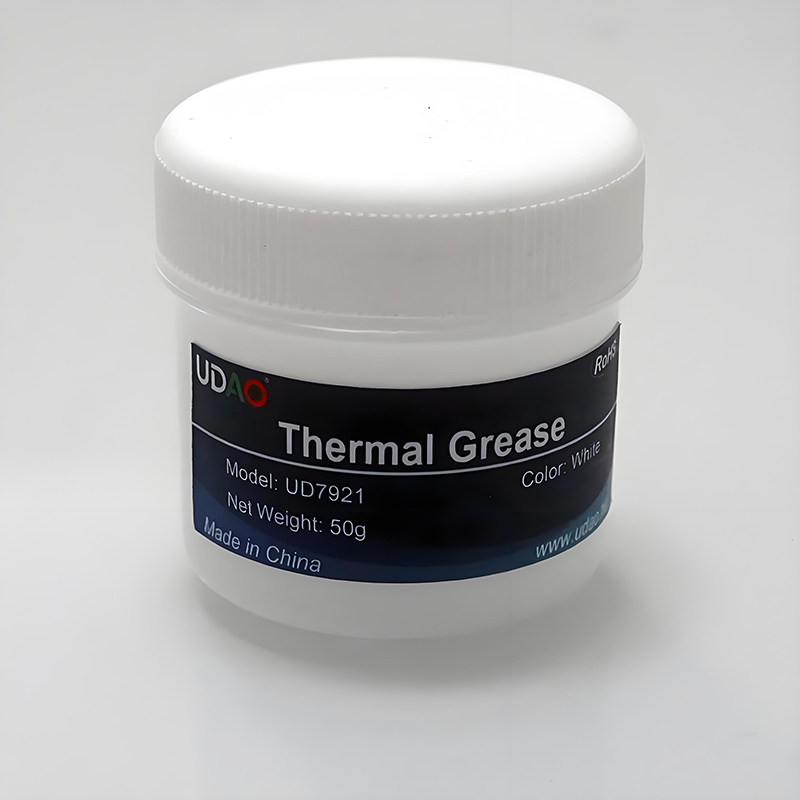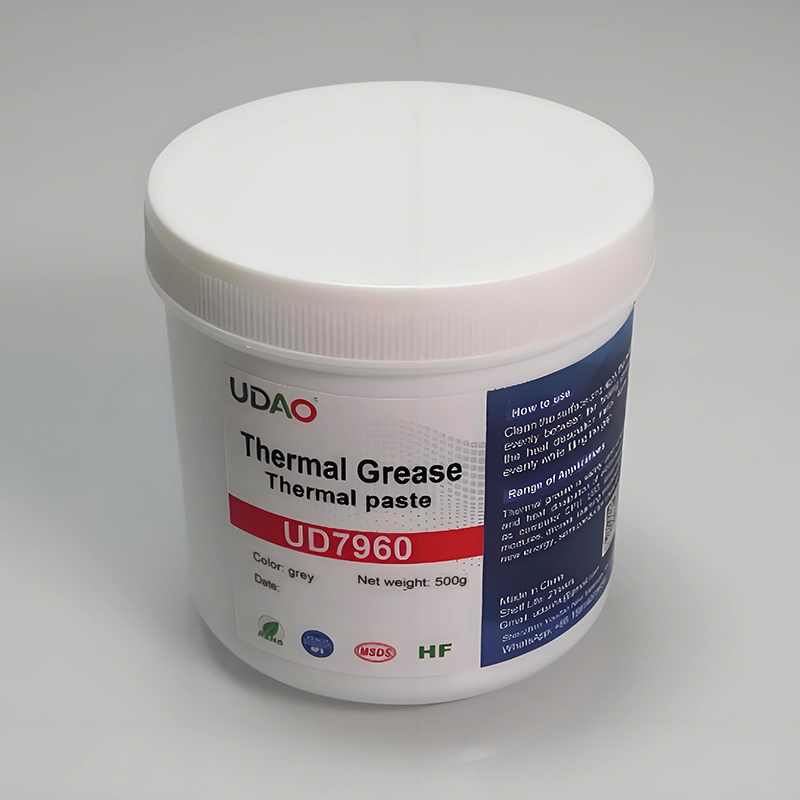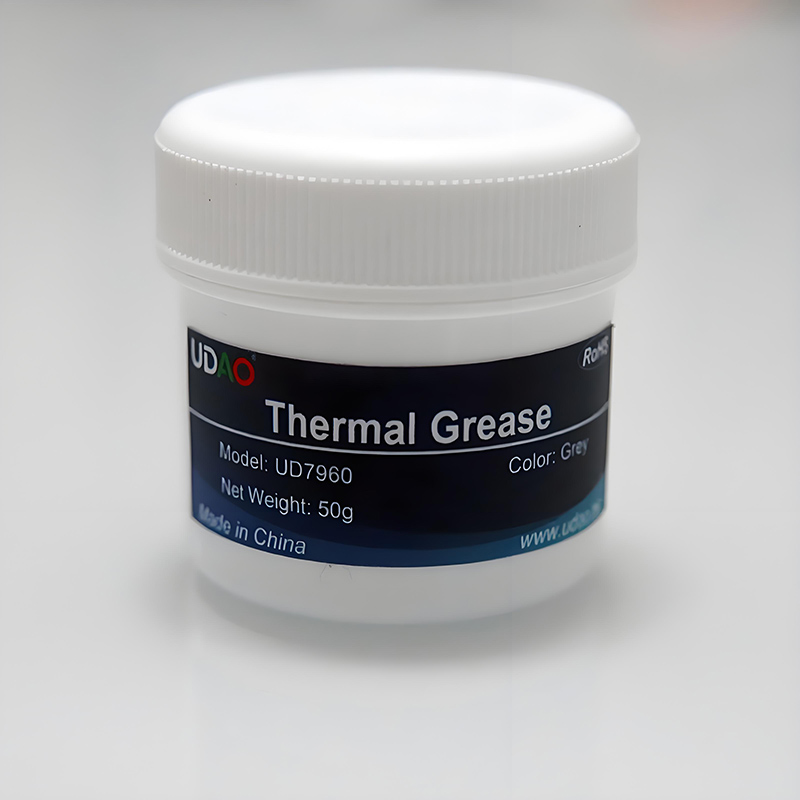
```
Getting peak thermal performance hinges on using an effective paste between chip and sink. This thin layer bridges the hot die and cooler to move heat away efficiently.
The right thermal interface material can improve cooling and extend component life.
- Review conductivity, working life, and compatibility with aluminum or copper surfaces.
- Correctly applied paste ensures even coverage and avoids insulating air pockets.
Grasping how a paste impacts temperatures helps builders tune performance.
Top Thermal Interface Materials for CPUs and GPUs (2023)
Selecting an appropriate interface material is a key step in cooling optimization. Use this overview to navigate top pastes and match one to your needs.
- Consider your budget and how much overclocking you plan to do.
- Consult benchmarks, forum threads, and lab data to validate claims.
- Opt for TIMs with best-in-class conduction metrics for serious cooling.
Use an optimal TIM to enhance cooling, quiet fans, and reduce throttling.
```
```
Heatsink Paste Comparison
Choosing a premium paste is a practical way to reduce operating temperatures. This comparison explores leading formulas and their specs to inform your choice.
- Match price tiers to expected thermal benefits and application frequency.
- Seek out bench-tested comparisons to see real performance deltas.
- Opt for compounds labeled compatible with your socket and cooler metals.
By selecting the appropriate heatsink paste you can ensure maximal heat dissipation.
Unlocking Your PC's Potential: Choosing the Best Thermal Compound
Sound cooling decisions let you push components safely and sustain performance. Subpar compounds elevate temps and risk long-term stress on components.
The compound works by filling surface pores to create a continuous thermal path.
Choose a texture that matches your application method and pressure profile.
Pick products with transparent data and reproducible results.
By evaluating these factors you can unlock quieter, smoother operation and longer hardware life.
Thermal Paste vs. Heatsink Grease: thermal paste near me What's the Difference?```

```
TIM selection has a direct impact on cooling efficiency and system reliability. Either paste or grease creates a conductive path between die and heatsink.
Formulation affects thermal link, workability, and long-term stability.
Simpler application pastes reduce the risk of uneven layers and trapped air. Greases can be thicker and tackier but sometimes work well in high-pressure setups.
- Evaluate cooler interface behavior to select a complementary TIM.
- Examine both specs and hands-on feedback before settling on a product.
- Observe official application notes to avoid voids and ensure performance.
Thermal Conductivity Explained: How TIM Works
The compound’s tiny role belies its importance in ensuring good thermal flow. Its purpose is to bridge micro gaps and reduce insulating air between surfaces.
They behave as transferable media that transmit warmth from die to cooler.
Considering both spec sheets and practical application yields best TIM choices.
Apply TIM Properly: DIY Guide for Better Cooling
With careful method and patience, even first-time builders can apply TIM well. Initial cleaning of CPU IHS and heatsink base is crucial before applying paste.
Use measured paste placement — more is not better, careful quantity matters. You can spread thinly with a card or let the heatsink pressure create an even layer.
- Seat your cooler squarely and torque screws in an even pattern to spec.
- If performance is subpar, re-check seating and paste coverage to remedy issues.
Properly done, paste application supports consistent performance for years.
Beat the Burn
Overheating can damage electronics and degrade performance without warning. Applying a good paste is a straightforward solution to lower thermal resistance.
A precise application promotes consistent contact and effective heat transport. Better thermal transfer decreases noise, supports headroom, and increases lifespan.
Affordable Thermal Pastes That Deliver Strong Value
Value-oriented compounds are effective for mainstream gaming builds. These selections represent good conductivity and user-friendly application.
- A well-regarded compound balancing ease of use and good results.
- Good mid-range options with solid conductivity.
- Xigmatek GC-100
Even the best paste fails if applied incorrectly, so follow guidance.
```

```
Expert and User Reviews on Thermal Compounds
Experts offer measured deltas; users report on application ease and stability. Common review metrics include delta-T, longevity, ease of application, and curing.
Everyday users note how pastes behave after real workloads and seasonal changes.
Rely on thorough reviews to find TIMs that perform and fit your workflow.
Top Thermal Paste Brands: Trusted Performance for Every Build
A proper TIM bridges the die and cooler to avoid thermal throttling.
- Arctic MX-4 and Noctua NT-H1 are reliable choices praised for longevity.
- A mix of value and flagship TIMs covers many user needs.
- OEM-backed offerings often include application guidance and assured supply.
Match brand offerings to your cooling goals for predictable thermal outcomes.
```

```